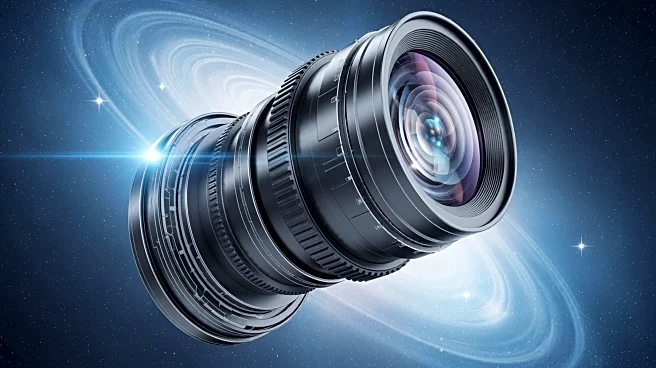What's Happening?
Scientists at Durham University are part of a UK team developing a high-resolution imaging camera for NASA's Habitable Worlds Observatory (HWO) mission. This telescope is designed to find Earth-like planets
and examine them for signs of life. The camera will use a coronagraph to block out the bright glare of stars, allowing rocky planets to be seen and studied. The UK hardware team, led by University College London, includes scientists from several institutions, aiming to measure a planet's mass and inspect its atmosphere for chemical signs of life.
Why It's Important?
The development of this camera is crucial for advancing the search for extraterrestrial life. By enabling the study of rocky planets, which are difficult to observe due to their proximity to stars, the mission could provide insights into the existence of life beyond Earth. This project represents a significant step in space exploration and could lead to major discoveries about our universe, including the study of asteroids, black holes, and dark matter.
What's Next?
NASA's HWO mission is expected to launch in the early 2040s. The UK team will continue to refine the camera design and collaborate with international partners to ensure the success of the mission. The project is funded by the UK Space Agency, and further research will focus on enhancing the camera's capabilities to detect life-supporting conditions on distant planets.











